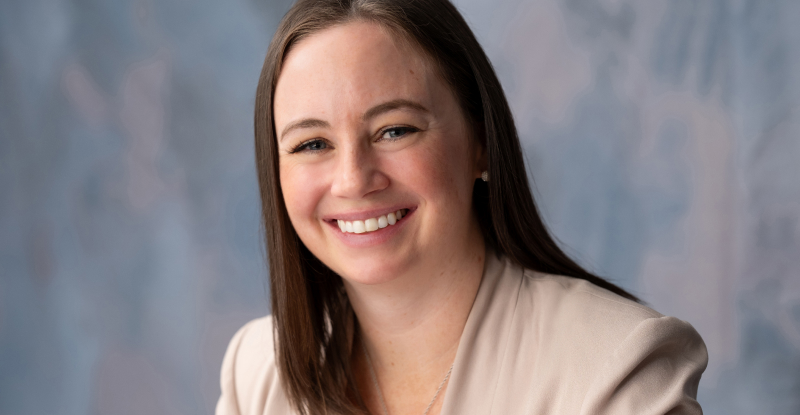
When we talk about businesses that have been successful, there’s usually one common thread: they have a plan on where they want to take their business and how they’d get there. The best way to do that is by creating a budget that identifies where the business is headed, recognizes, and responds to the bumps and opportunities along the road, and allocates resources to maximize profitability.
Creating a budget
Just like when you budget for a future vacation, it’s important to do the same for your business. To get started, take stock of where your business is at by using previous years’ experience. Gather information such as previous years’ sales, cost of goods sold, operating expenses, taxes, assets, and liabilities. This will help you understand where your business stands and gives the foundation for your budget outlook.
It’s also important to look at other businesses in your industry. You can do this through databases which provide benchmark standards or such tools as BDC’s productivity comparison. You should also adjust benchmarks based on how other similar businesses perform in your region. By benchmarking your business to others in your industry, it can give you a good idea of what’s normal, and help you understand how your business compares.
Using this information, you can create an annual budget which provides a baseline on what your business should expect in terms of performance indicators like revenue, costs, and cashflow. This also allows you to compare how your business actually performed against the budget – the “variance”.
How to use a budget to manage and improve a business
Once you’ve created a budget, try to stick with it through the year. As the year progresses, check in regularly (i.e. monthly) to see how your business is actually performing compared to the budget. Identify and highlight large variances, as they can provide important insights into what’s happening to your business.
For an example, the Budget Variance Report below looks at monthly shifts in expected sales and costs, highlighting the difference between what was budgeted and what the actual result was. These variances provide insights into how a business is actually doing compared to what it had expected.

If you had a budgeted sales or costs that turns out to be more or less than expected, ask yourself, why was that? If it’s positive, how can you maximize it? If it’s negative, how do you mitigate it?
As you identify these variances, consider the timing and what’s driving them. Many events can influence your business’ performance, such as the economy, weather, marketing, new product performance, changes in competition, and control failures.
Examining variances in your budget also serves as an important warning sign in your business if things are going awry, such as cash flow problems or other underlying problems. By identifying these problems early, you can act to overcome these obstacles before they become more problematic.
Identify business changes and what events are driving them
After you’ve established your budget, you can begin to track trends that emerge over time. An effective way to do this is by visualizing the data, using charts to track how your business is changing over time. By mapping these trends with key business events, you can identify how they influenced actual outcomes – did a spike in sales occur after that new marketing push? Is a capital investment paying off? By identifying what works and what doesn’t, you can find ways to better allocate resources to improve outcomes.
To understand your business, a budget is critical. For those that have yet to get started budgeting and find this intimidating, start small. Even just getting started will help provide valuable insights. If you need assistance, you can also consult a financial expert like a CPA to help.
Lorcan O'Melinn CPA, CGA was the Chief Financial Officer for BCIT for 11 years up to his semi-retirement last fall and enjoys engaging with business people through the CPA Financial Literacy program.
Originally published by Small Business BC.



